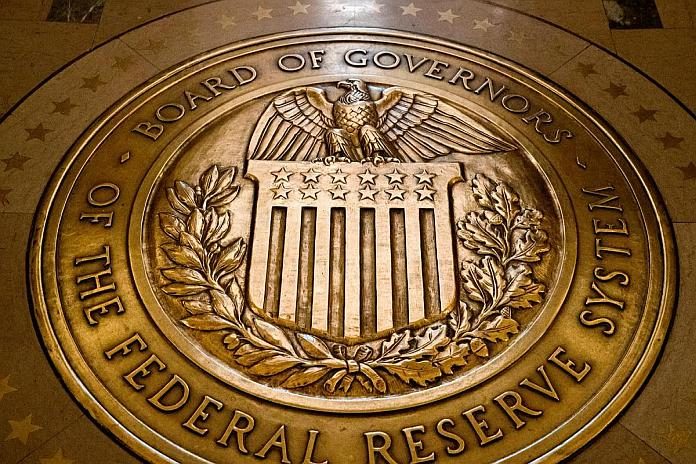Dear Sir
As a Babson MBA graduate, I am highly disappointed with the Federal Reserve’s very late recognition of the runaway inflation impacting our country. Inflation is running at 8.5 percent compared to a year ago, and the Federal Reserve (Fed) only started to increase interest rates in March 2022 to try to reach its target of 2.0 percent. How did we reach this debacle?
The Covid pandemic during the period 2020 to 2021 necessitated the implementation of relief plans, which had the Treasury Department pump almost $4 trillion in programs and tax credits into the US economy. The availability of these funds and the savings accumulated by consumers in 2020 and 2021 provided a springboard of demand unleashed in the last half of 2021 and into 2022. This created the primary impetus for escalating inflation. A secondary cause has been the supply chain constraints, and a tertiary cause is the Ukrainian War.
But where was the Fed in its role to implement monetary policy and control inflation? During 2020-2021 the Fed kept its federal funds’ rate at a bottom floor level of 0.00 percent 0.25 percent, and with Quantitative Easing (QE) increased its balance sheet assets from $4 trillion to $9 trillion.
This monetary policy was designed to combat the economic impact of the pandemic, but inflationary pressures were ramping up around the middle of 2021 when I stated to family members the Fed should be increasing interest rates and ending its QE program. The Fed continued its near-zero interest rate and large monthly purchases of tens of billions of dollars in Treasury securities into 2022, which increased the money supply and the availability of bank loans. This was expansionist and continued the upward inflationary pressures.
As inflation kept surging the Fed erroneously believed the increased inflation was transitory and would subside. The Fed finally woke up and determined inflation was pervasive and started belatedly raising interest rates and ending its purchases of Treasury securities in March 2022.
Note: The Fed is a non-partisan entity responsible for the implementation of monetary policy. The US administrations are responsible for fiscal policy (e.g. spending, taxes).
Donald Moskowitz
Londonderry NH





